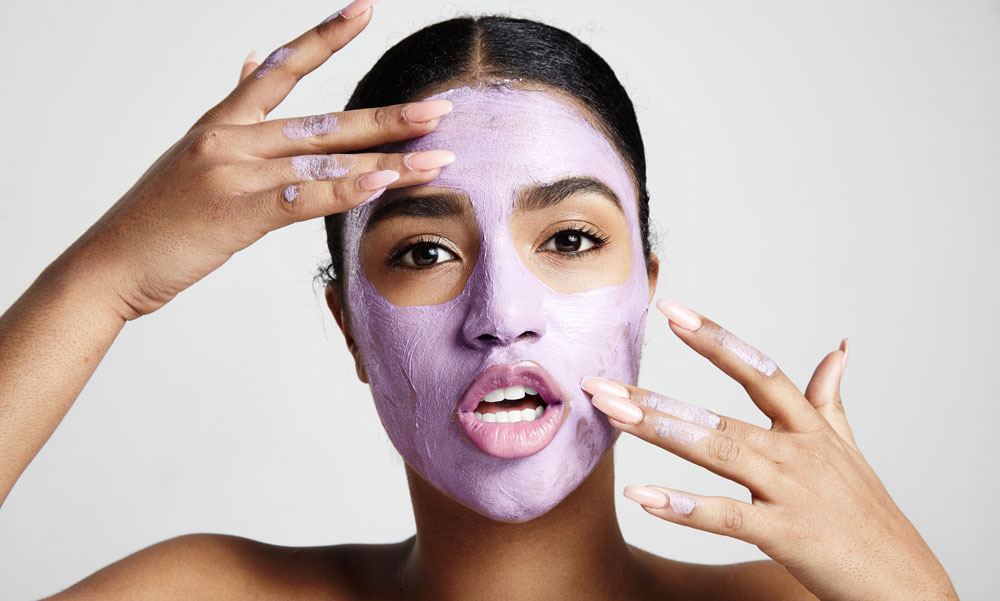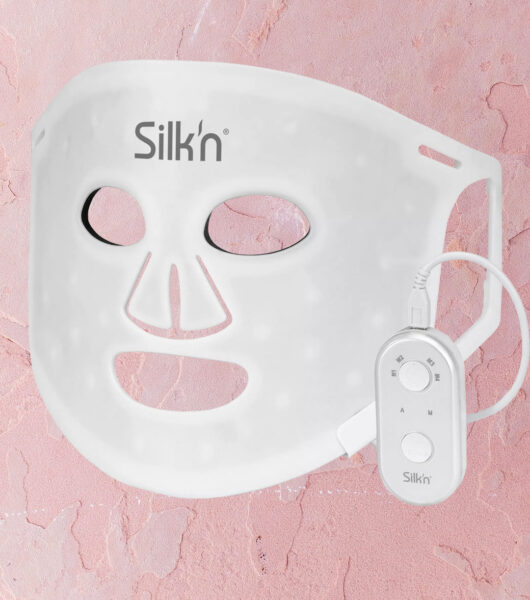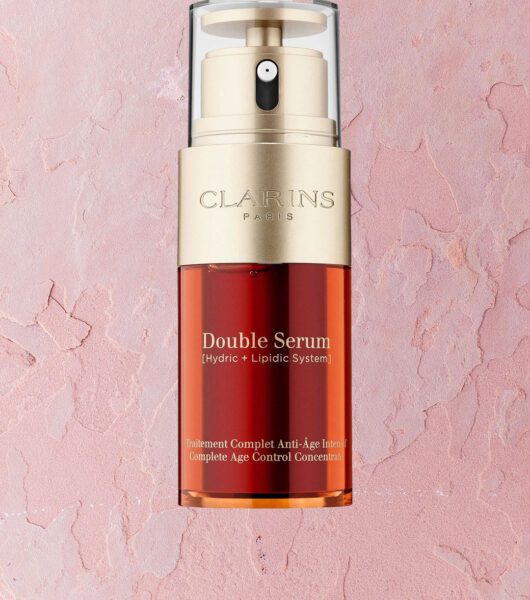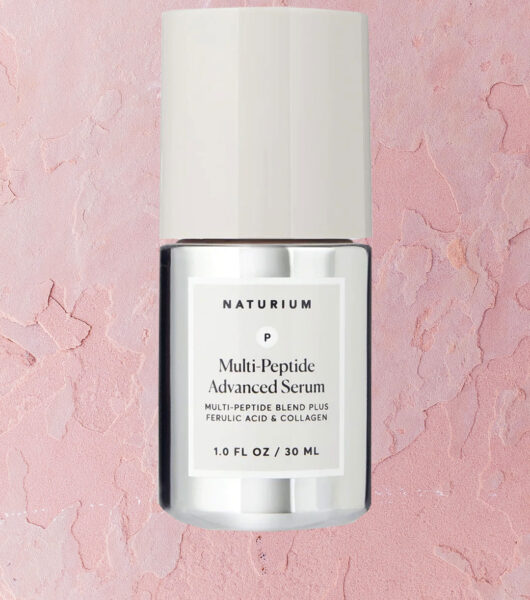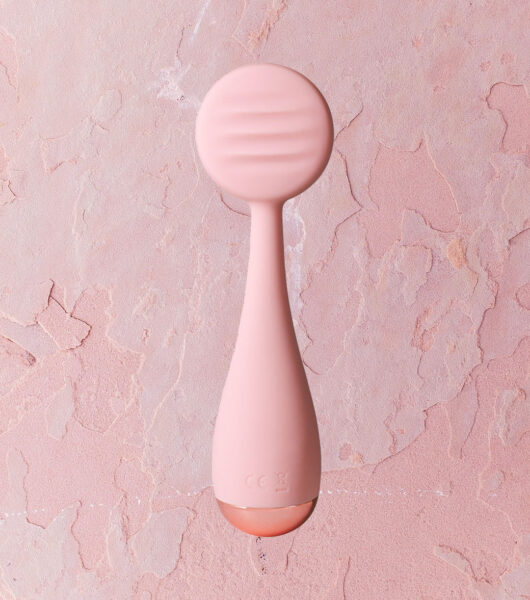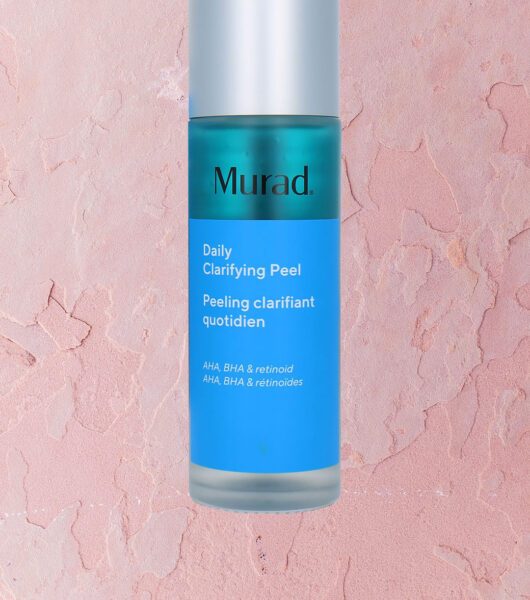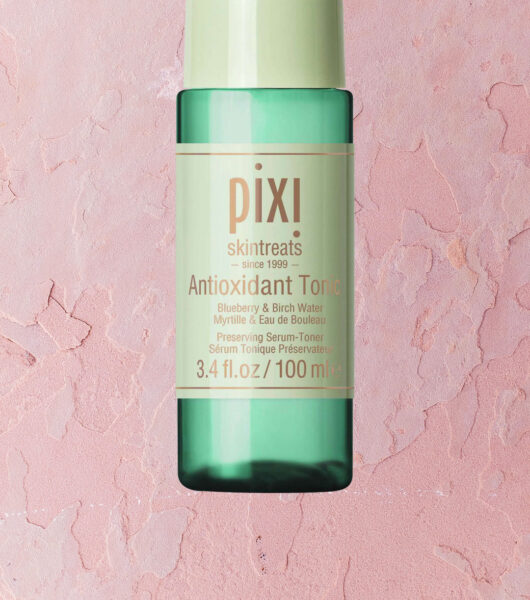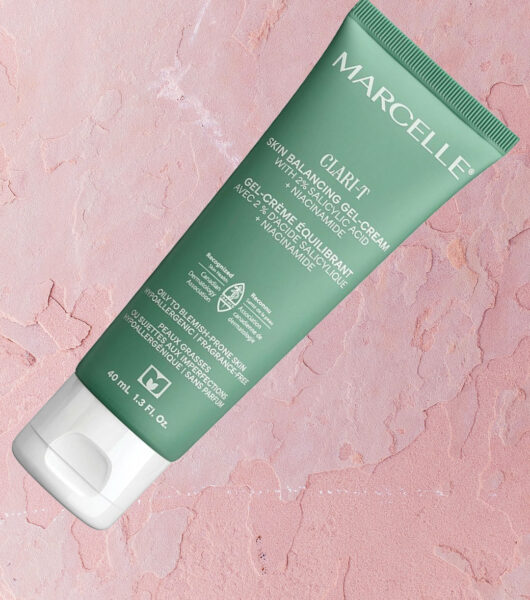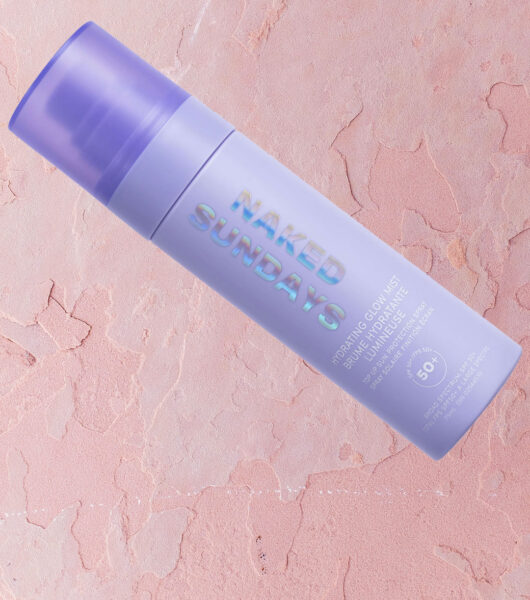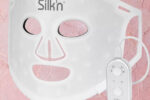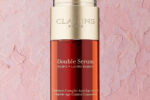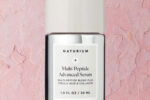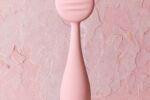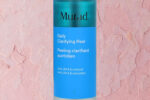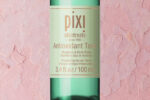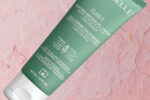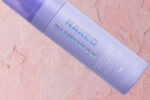I can justify a facial any day of the week. Actually, I could justify having a facial in back-to-back weeks. Recently, wrapped in a robe and sitting at the Pearle Spa in Burlington after a gloriously relaxing facial, I pulled my phone out to book another at the Molitor Clarins Spa in Paris. A dehydrating plane ride means my skin deserves it, right? Indulgent, yes. Good for my skin, I hope so. But it made me wonder what a healthy skincare facial regime looks like.
So I reached out to The Ten Spot’s Leslie Elvidge, vice-president of bar operations and education and innovation lead, and cosmetic dermatologist Dr. Lisa Kellett, MD, of DLK on Avenue in Toronto, to get answers about getting the most from your facial, including how often is too often and how many days before an event should you get a facial.
What is a medical facial? How does it compare to a spa facial?
What is the ideal schedule for someone to have a facial? How many times a year should Canadians have a facial?
Canada has a particularly unique climate, with temperature extremes throughout the seasons. Elvidge recommends a facial every four to six weeks as ideal. “It aligns with your skin’s natural cell turnover cycle and helps keep your skin in check.” But that’s “ideal,” not obligatory. She also says that a facial when the seasons change can be helpful too.
Dr. Kellett reinforces that looking at your skin seasonally is a smart thing to do. It can help with cold-dry winters and skin repair for summers. But make sure what you’re getting a facial for isn’t meant a medical condition, such as melasma (brownish-skin patches that can be intensified from the sun). While a spa facial can be relaxing and help with maintenance of skin, it’s not the place to get diagnosed. Only then “can you get direct treatment,” she says.
Funny enough, last time I was at the salon, the woman next to me asked the stylist what a spot on her head was. “Get thee to a derm,” I wanted to scream. Thankfully, the stylist said it, so I didn’t have to.
Yes, you need a facial oil: It’s part beauty booster, part brain booster.
How many days before an event should you book a facial to get that glow?
Experts suggest one to four days before the event. But do your due diligence. Dr. Kellet says to plan ahead if you have something special coming up. A good treatment shouldn’t cause redness, she says. So, avoid trying somewhere new before a big day, like a wedding day or a big work speech. If it’s a destination event, go somewhere you trust that uses products that agree with your skin.
What do balms actually do for your skin?
Is there such a thing as too much skincare? At what point would treatments backfire?
As someone who just admitted to having two facials within two weeks, of course I’m interested to know what is too much. And I’m relieved to hear from Dr. Kellett that a facial (outside of medical facials) “won’t change the structure of the skin … and are not very efficacious.” She points to lasers, radio frequency to make physical changes – at her clinic this is called a Power Facial, which also includes an oxygen treatment.
Personally, I use facials to indulge in some meditative-like me time, get a good cleanse and slough off any dry, dead skin (I’m not so good at that on my own).
But is such a thing as over-cleansing, over-exfoliating, or using too many products?
“The answer is yes,” says Dr. Kellett. And Elvidge echos that, pointing to breakouts, irritation and increased sensitivity.
“Always listen to your skin, says Elvidge.“If it feels irritated or overwhelmed, take a step back and simplify your routine. Regular facials can be great, but they should complement a balanced at home skincare routine.”
Dr. Kellett says, “I’m particularly concerned about the internet and the marketing to young females – like eight, nine, 10 and 11 years old – who are now going into various stores and thinking that they need to buy skincare and like a 12-step program, including anti-aging products. It’s ridiculous.” The takeaway, even for those of us well past puberty: “The more products you use, the more ingredients you’re exposed to and the more at risk you become for things you’re prone to, like contact dermatitis.”
Is botox for you? Our editors weigh in.
How many steps should a facial have?
“I am very pragmatic,” says Dr. Kellet. “After practicing medicine for over 30 years, I start with very simple things.”
- To get that coveted glow, she recommends an exfoliating cleanser to tackle comedones (a.k.a. blackheads, whiteheads).
- Hydrate. If you’re prone to acne, avoid creams, lotions and liquid foundations, and instead opt for a gel-based moisturizer and/or a water-based serum.
- Always finish off a facial with sunscreen, like one that is clear and can be spritzed on the face.
Admittedly, I love facial massage. So it’s a step I do not miss. In fact, I apply my serum and moisturizer with brushes. I am just sure to cleanse them and let them dry.
Insta-glow! How to get your glow back in just one hour.
When would you need an emergency facial?
What you deem as a skin-care emergency is up to you and how you prioritize your skin, but generally speaking, it could be acne or irritated skin. Elvidge tells me that can be caused by stress, dehydration, conditions like rosacea or sunburns, and even environmental changes (see, the plane ride is the perfect excuse to head to a hotel or medical spa), as well as wanting to just relax at the hands of a facialist. “If you’re just looking for some relaxation and self care, a facial always hits the spot,” says Elvidge.
Some spas and many derms save spots in the calendar for emergencies or have last-minute cancellations they can fill. Call and ask. “If there’s an emergency and they need to see me, there’s always time,” says Dr. Kellet.
The best cleansers for every skin type.
Why does a facialist need to know my medical conditions?
Often, you’ll have to fill out an intake form online or when you’re in the waiting room before your appointment. It can include things like past health history, including skin cancer, as well as the skin issues you want to address with the treatment. Dr. Kellett says this helps you get better results. She says, for example, people think they have to live with redness and book a peel, but it might be rosacea. “They don’t realize they have a condition, so they don’t realize there’s a treatment for it.”
I always opt for the customized treatment. I will let the facialist decide what I need. Spoiler: It’s always hydration and exfoliation.
So leave it up to the experts, say the experts.
Morpheus8 review: Is this trending skin treatment worth it?
Why would you get a reaction from a facial?
I once headed to Paris on a press trip and had the most luxurious facial, with scents and facial massage, unlike any other spa treatment, only to come out with a rash that wrapped me like a red chunky knit turtleneck.
Dr. Kellet sparks that memory for me when she warns, “You have to be cautious that they’re not using ingredients or products that can cause contact dermatitis.” She also recommends talking to your dermatologist first before instigating a spa facial schedule. They can list the ingredients you should stay away from. Plus, they might suggest a schedule that is tailored to your skin and any skin issues you might have. They can also track your moles and check for skin cancer spots, something that not all facialists are trained to do.
Why dry skin isn’t just a jerk in the winter, but the rest of the year, too.
Tools and products for DIY facials
Need to skip your spa facial? Here are some options that allow you to indulge in a spa day at home.

